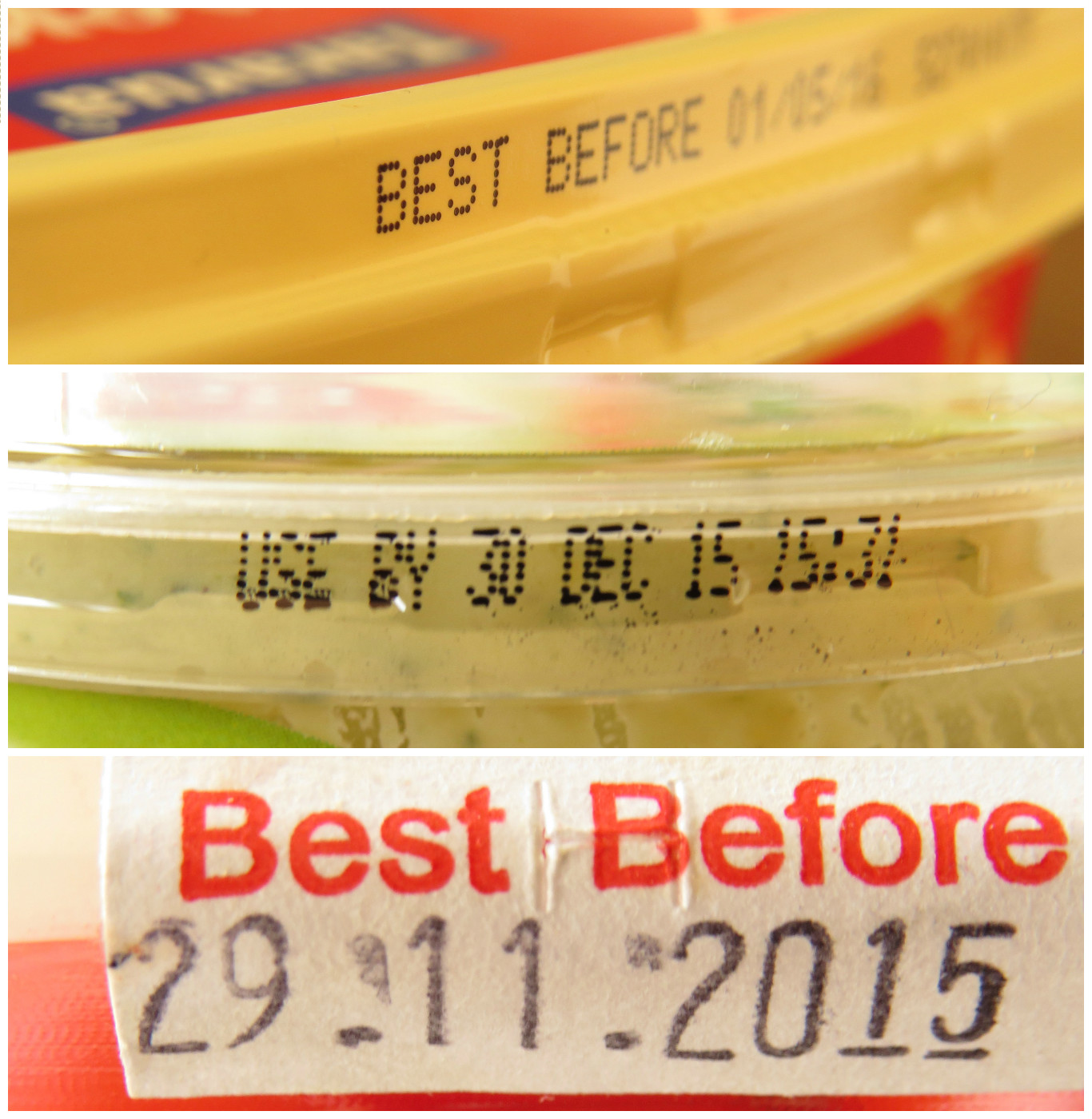The recent tragic passing of approximately 22 children due to the accidental ingestion of poisonous chemicals has brought several food-related issues to light. Foremost among these is a heightened interest in food safety and related matters.
Key among these issues were date markings, most commonly indicated as “best-before” dates, (although there are other terms), and the assumption that out-of-date foods were at the root of these poisonings. Contributing to the lack of clarity in this respect are the often misleading and incorrect statements made by ill-informed people and/or images distributed via various media platforms.
This, in turn, has resulted in the illegal seizure and unnecessary destruction of perfectly healthy foodstuffs, which can be viewed as almost criminal in our district, where many people struggle to put food on their tables.
It is against this background that the Cape Winelands District Municipality (CWDM), through its Municipal Health Services (MHS) Division, shares this explanation on how to correctly interpret date markings.
The nearly 50 Environmental Health Practitioners (EHPs) appointed as inspectors of the MHS division of the Cape Winelands District Municipality are responsible for the administration and enforcement of the Foodstuffs, Cosmetics and Disinfectants Act, 1972 (Act 54 of 1972) within the jurisdiction of the CWDM.
The EHPs, through their inspections, are responsible for the regulating food premises and compliance monitoring of these premises including and foodstuffs and date markings.
The Foodstuffs, Cosmetics and Disinfectants Act, 1972 (Act 54 of 1972), through Regulation 146 of 1 March 2010 on Labelling and Advertising of Foodstuffs, dictates that all packaged food products must have date markings indicating the best-before, use-by, or sell-by dates and prescribes the format in which these markings must be placed.
It is important to note that South African food legislation does not make provision for the term “Expiry date” as these markings are frequently referred to.
The Act prescribes three markings:
- BEST BEFORE (BB): “Means the date which signifies the end of the period under any stated storage conditions during which the product will remain fully marketable and will retain any specific qualities for which tacit or express claims have been made. However, beyond the date the food may still be perfectly satisfactory.” *
The BB date is the one most commonly used and found on foodstuffs. Simply put, as long as the product is kept according to the correct storage instructions, the date indicates until when the product will be at its best quality as intended by the manufacturer. However, just because the product has reached its best-before date does not mean that it is no longer safe for consumption. In fact, it is most likely still safe to be consumed. Importantly, it should be noted that it is legal and acceptable to sell a product that has reached its best-before date, as long as the consumer is duly informed of the lapsed best-before date. This is why we see many shops specializing in selling products that have passed their best-before date. Unfortunately, huge amounts of foodstuffs bearing this date marking were erroneously seized and destroyed by untrained and ill-informed people.
- USE BY: “Means the date which signifies the end of the estimated period under the stated storage conditions, after which the product probably will not have the quality attributes normally expected by consumers and after which date the food should not be regarded as marketable.” *
This indicates the date after which the product should not be sold or consumed. It is illegal to sell products that have exceeded the use-by date.
- SELL-BY: (sometimes also marked as: Display Until) “Means the last date of offer for sale to the consumer after which there remains a reasonable storage period at home.” *
This date indicates the date after which the product can no longer be sold, but if stored according to instructions, it is likely that the product will still be safe for consumption for a reasonable period after purchase. This method is often applied to highly perishable products such as milk.
“Date markings act as a guide for consumers so that there is an indication of how long a product can be used in terms of safety and quality and to assist us all in making informed choices as to whether to buy a product. However, it is vital that as consumers we also take responsibility for the correct transport and storage of foods purchased and remember to use our discretion before we consume food,” says Chief EHP, Cecil Bostander of CWDM’s MHS.


